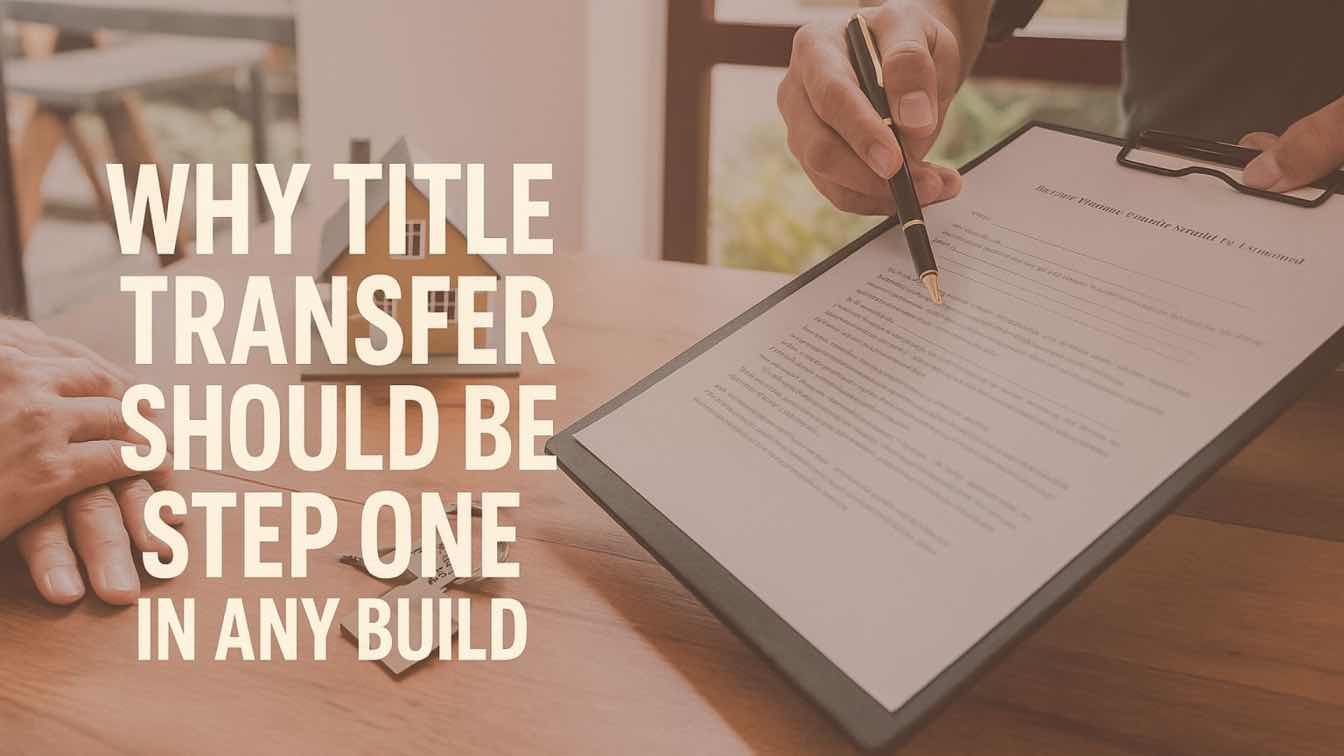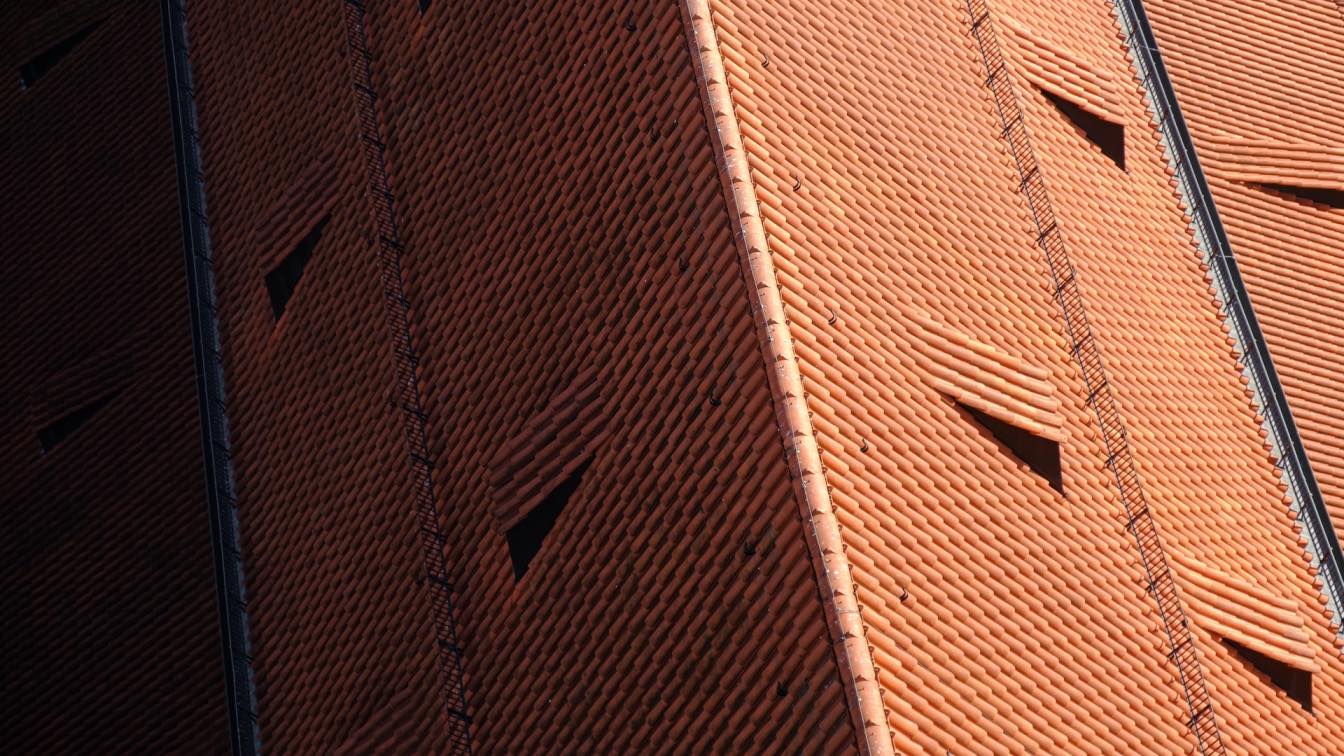You’ve got the site. You’ve got the sketches. The vision is clear—and possibly stunning. But here’s a hard truth that many builders and designers overlook in the rush of momentum: until the title is clean and in your name, that site is just an idea, not a project. Title transfer might not be the most glamorous part of building, but it’s arguably the most important.
Whether you’re planning a custom home, a boutique commercial space, or even a high-end development, the ground can’t (and shouldn’t) break without legal clarity. The deed has to match the dream.
In Pennsylvania, a smooth title process isn’t just paperwork—it’s protection. Partnering early with a reliable Pennsylvania title company ensures that hidden issues like liens, easements, or ownership disputes don’t come back to haunt you mid-project. Because nothing halts progress faster than discovering the land you just poured a foundation on might not be yours to build on.
Why Title Transfer Isn’t Just a Technicality
When most people hear “title transfer,” they picture a closing day formality—sign here, initial there, done. But for developers, architects, and property investors, it’s far more strategic than that. The title confirms who legally owns the property. Without this confirmation, financing can fall through, permits can be rejected, and deals can go sideways.
Here’s what a proper title transfer process can reveal before you commit time, money, and resources:
Boundary disputes: Is that fence really on your land?
Easements: Does someone else have a legal right-of-way through your future courtyard?
Liens or unpaid taxes: Could someone else’s debt become your problem?
Zoning or covenant restrictions: Will your build plans be legally blocked?
Clearing these issues up front gives your project a solid legal foundation. You wouldn’t skip soil testing—why skip title work?
Common Title Pitfalls That Stall Construction
Let’s break down a few real-world examples of how land title issues can derail builds—often when you least expect it:
1. Surprise Shared Access
You purchase a lot with plans for a private driveway. Turns out, the previous owner granted an access easement to a neighbor 20 years ago. Now, your exclusive entry? Not so exclusive.
2. Heirs in the Shadows
An old property changes hands after a relative dies. But mid-construction, an unknown heir surfaces with a legal claim. Everything stops until the dispute is settled—which can take months or even years.
3. Outdated Surveys
Some properties haven’t been properly surveyed in decades. You might think you own to the tree line—until you find out your planned garage sits two feet onto someone else’s land.
These aren't edge cases—they’re common. And they’re expensive.
The Design-Forward Case for Early Title Work
For architects and design professionals, title transfer may seem like the domain of lawyers and real estate agents. But knowing your site’s legal layout is as crucial as understanding its topography. Here’s why design professionals should factor title clarity into early planning:
Site use constraints from easements or covenants can limit your design options.
Boundary lines affect setback requirements and visual orientation.
Historic claims may alter renovation rules or zoning exceptions.
Treat title data like a site analysis—it informs every decision that follows.
What a Clean Title Process Actually Looks Like
If you’re working with an experienced title company, here’s what a typical transfer process involves:
1. Title Search
This is a deep-dive into public records to confirm ownership and surface any red flags. Think of it as your project’s background check.
2. Title Examination
An expert reviews the findings to determine what’s legally binding and what needs resolution—like old debts or outdated easements.
3. Title Insurance
This protects you from losses due to defects in the title—whether they’re found later or were simply missed during the initial search.
4. Settlement and Transfer
Once everything checks out, paperwork is signed, funds are transferred, and ownership officially changes hands.
It’s not flashy, but it’s foundational.
How Title Transfer Impacts Budget and Timeline
Delays in title transfer don’t just affect paperwork—they mess with your whole timeline. And in construction, delays often mean budget overruns. Consider these risks:
Missed seasonal windows (especially in regions with harsh winters)
Lender pull-out due to title uncertainty
Redesign fees if legal boundaries don’t match assumptions
Storage costs for materials that can’t yet be installed
On the flip side, early title clearance makes it easier to:
1- Secure financing faster
2- Obtain permits without hiccups
3- Coordinate crews with confidence
Bottom line: a clean title speeds everything up.
The Role of a Title Company (And Why You Need One Early)
A solid title company doesn’t just show up at the end—they should be part of the pre-planning team. Here’s what the best ones bring to the table:
Local expertise: They understand regional quirks, like how Pennsylvania handles mineral rights or older rural parcels.
Legal translation: They break down complicated deeds and contracts so you know what you’re signing—and why.
Proactive resolution: If a title issue arises, they help fix it—not just flag it.
Bringing them in late is like calling the engineer after your blueprint is done. You’ll probably be revising.
Architects and Builders: Ask These Questions First
Before you get too far down the design path, bring these questions into your early client or project meetings:
- Who currently holds legal title to the property?
- Has a full title search been conducted—and by whom?
- Are there any unresolved claims or restrictions noted in the deed?
- Has the land been surveyed recently?
- Are all parties listed on the title involved in the transaction?
These might not feel like design questions, but they’re absolutely project questions.
Final Thought: Start With the Paper, Then Pour the Concrete
In design and construction, creativity thrives on certainty. But that certainty doesn’t just come from vision—it comes from verified ownership. No matter how beautiful your plans, they’re only as strong as the title they’re built on.
So, before the site visit, before the sketches, before the excavators roll in—make the call. Get the title cleared. Talk to a title professional early. You’ll save time, avoid surprises, and build on something more solid than assumptions.
Because you can’t build a future on paperwork you skipped.





